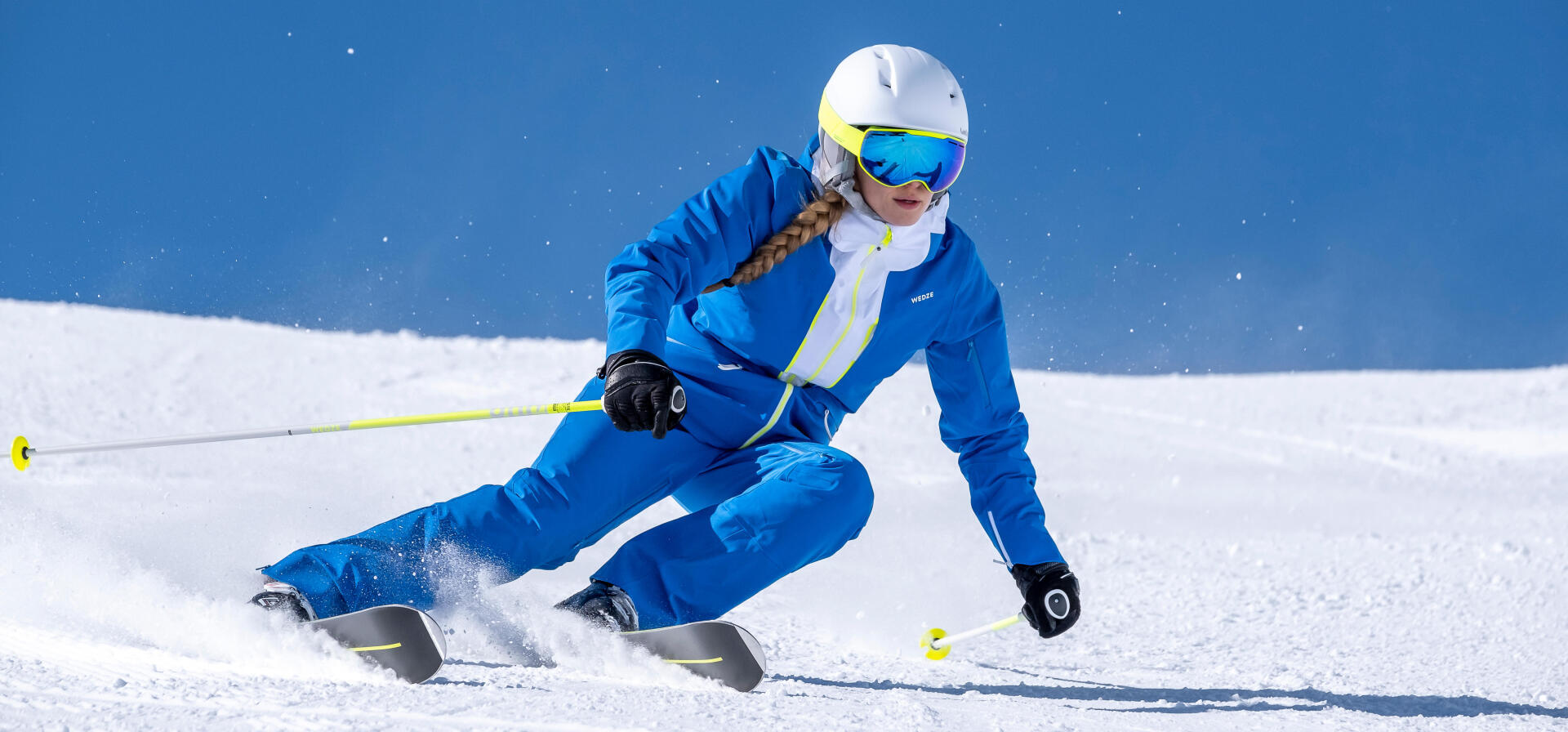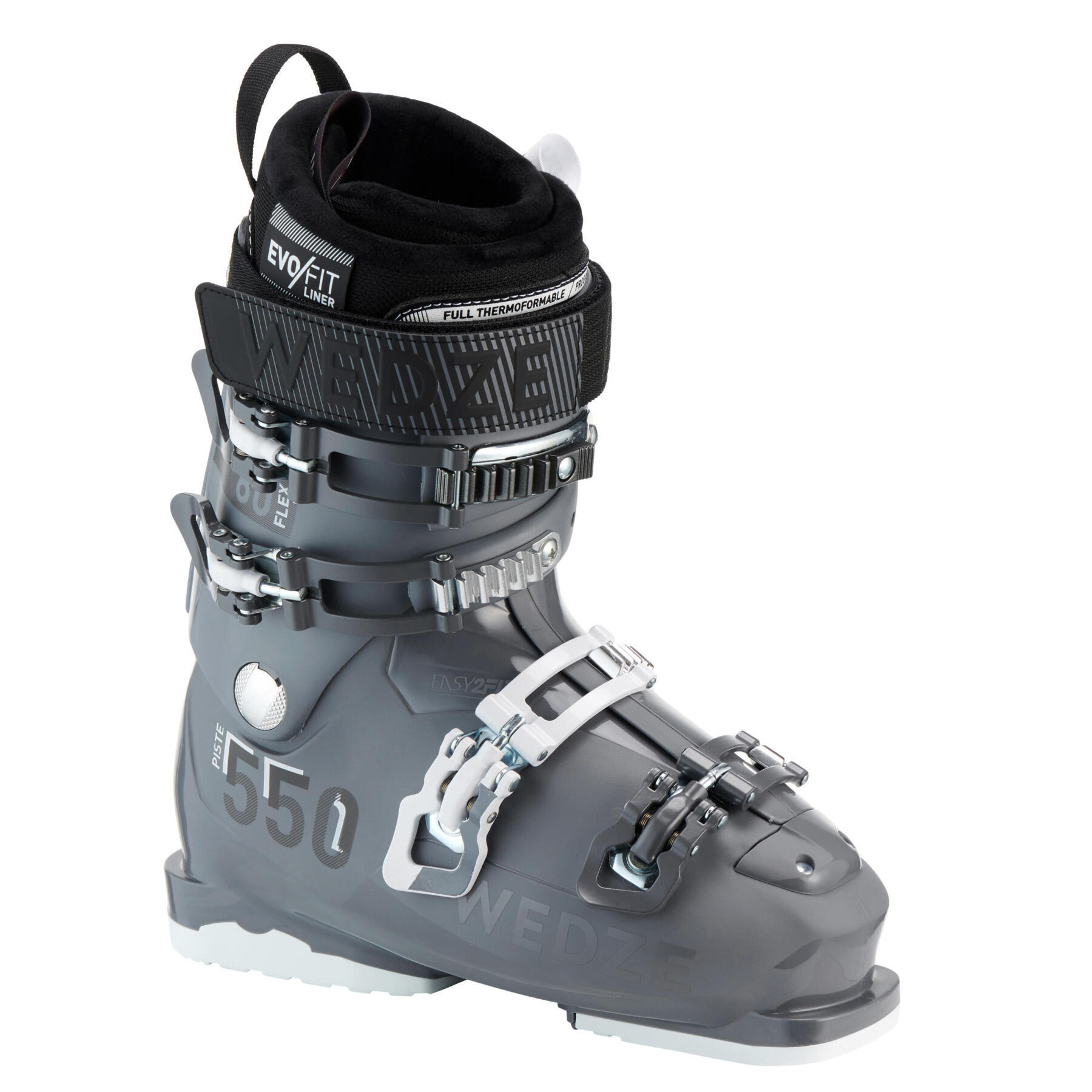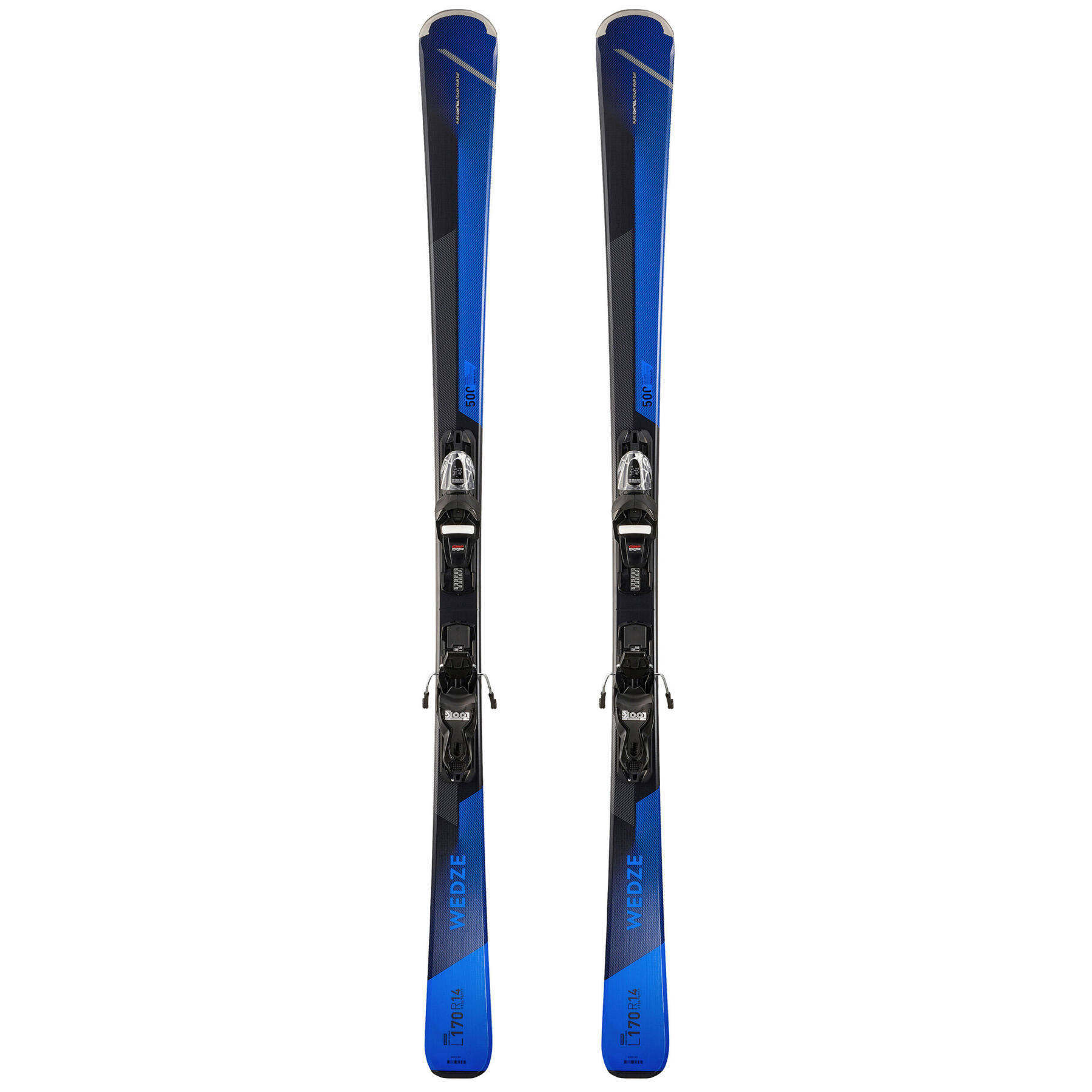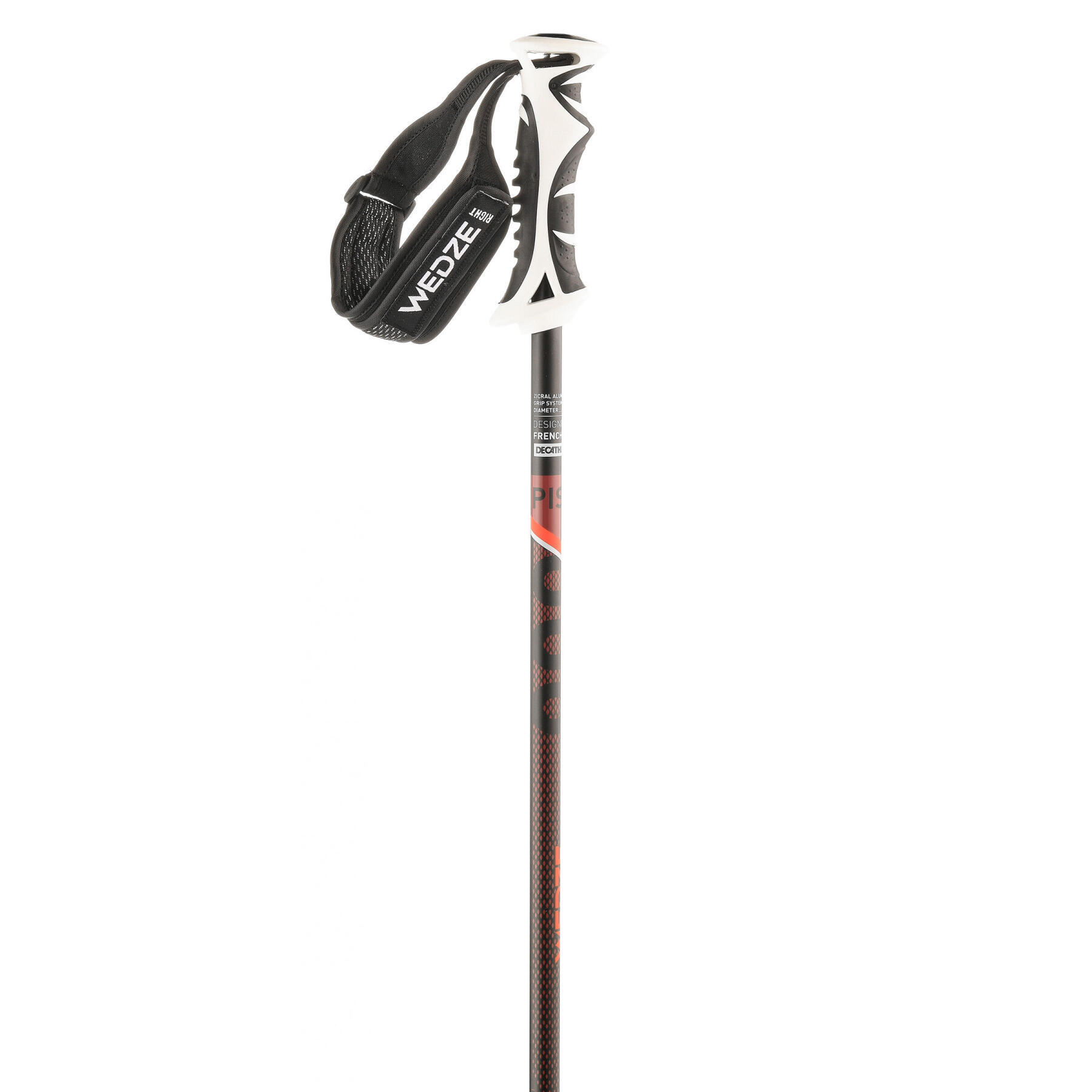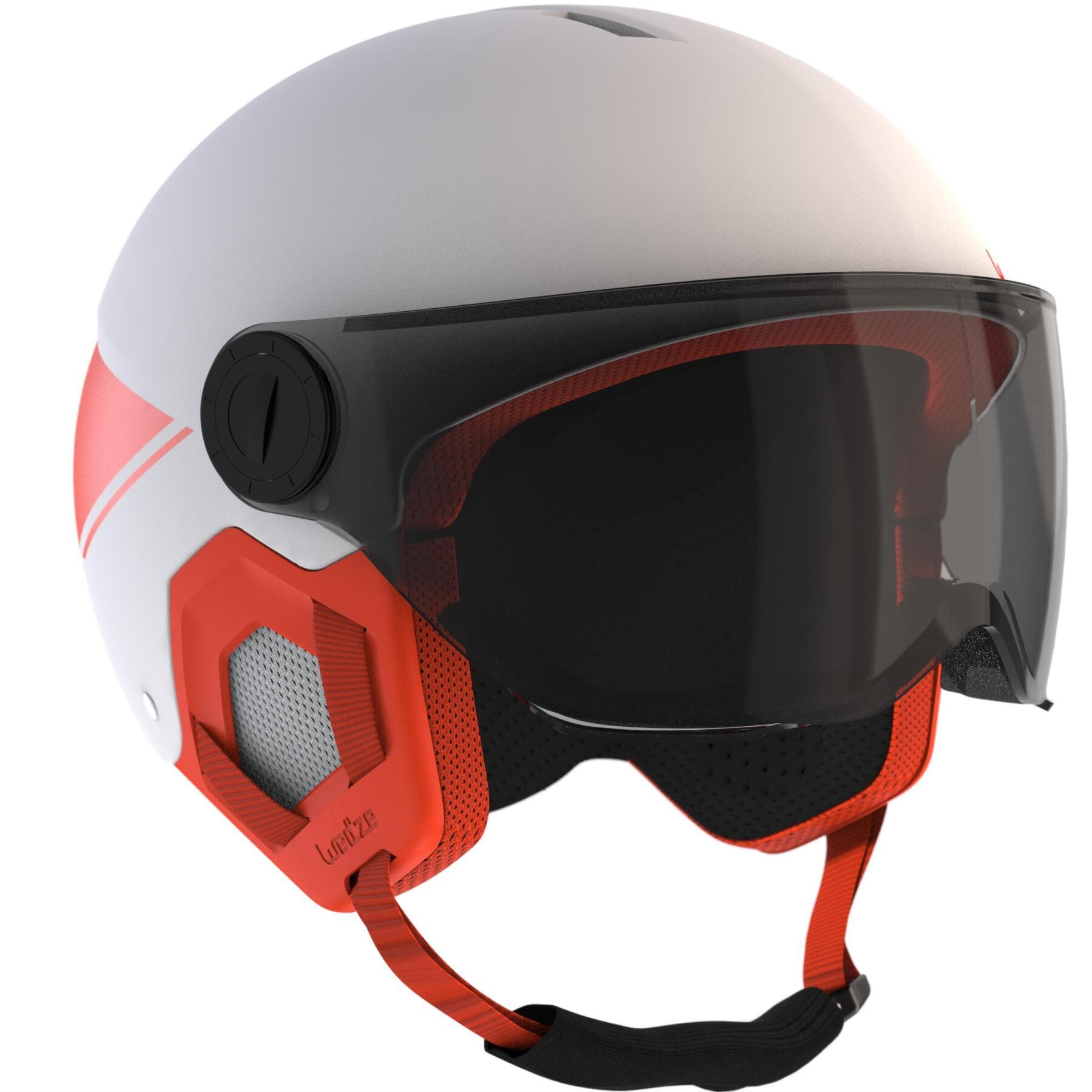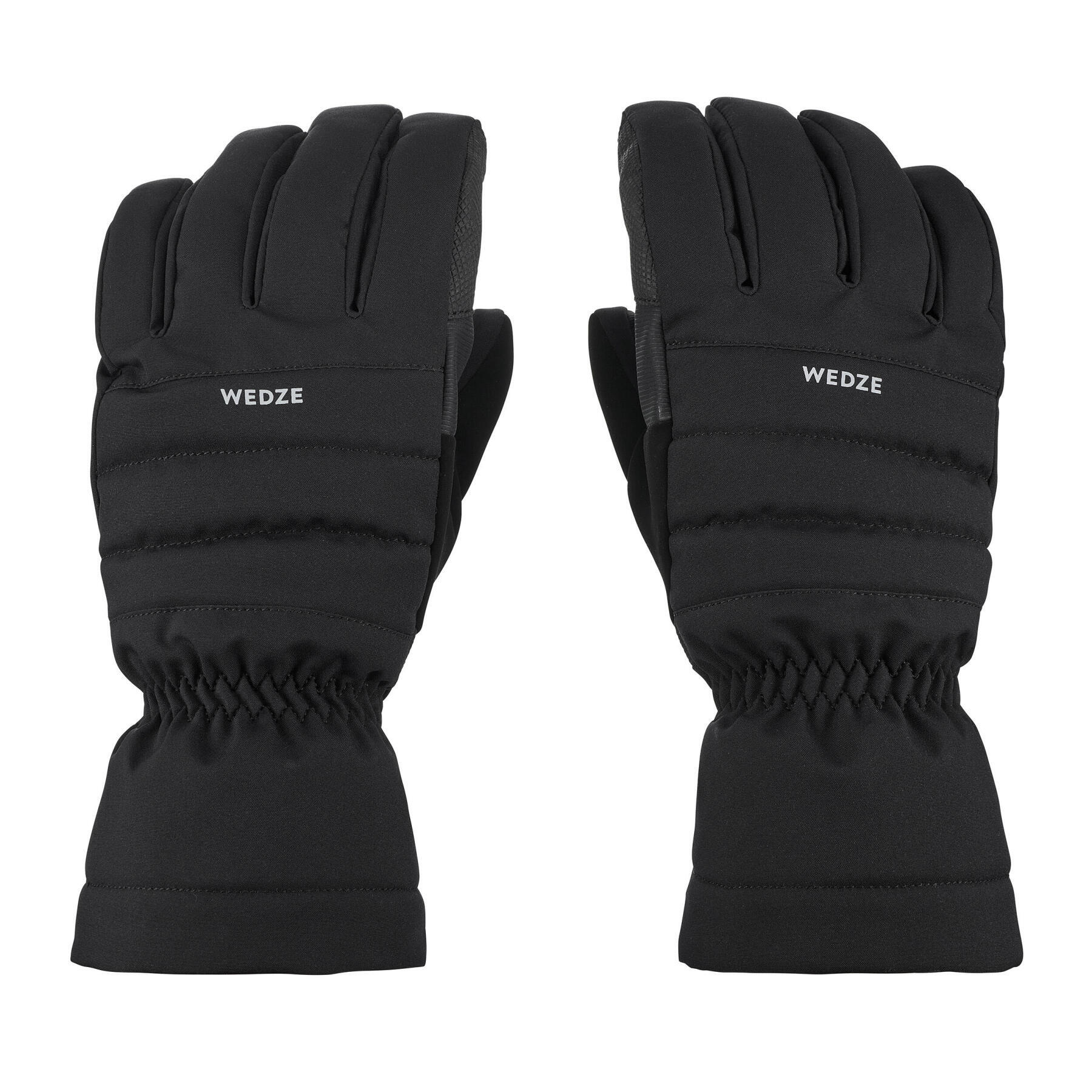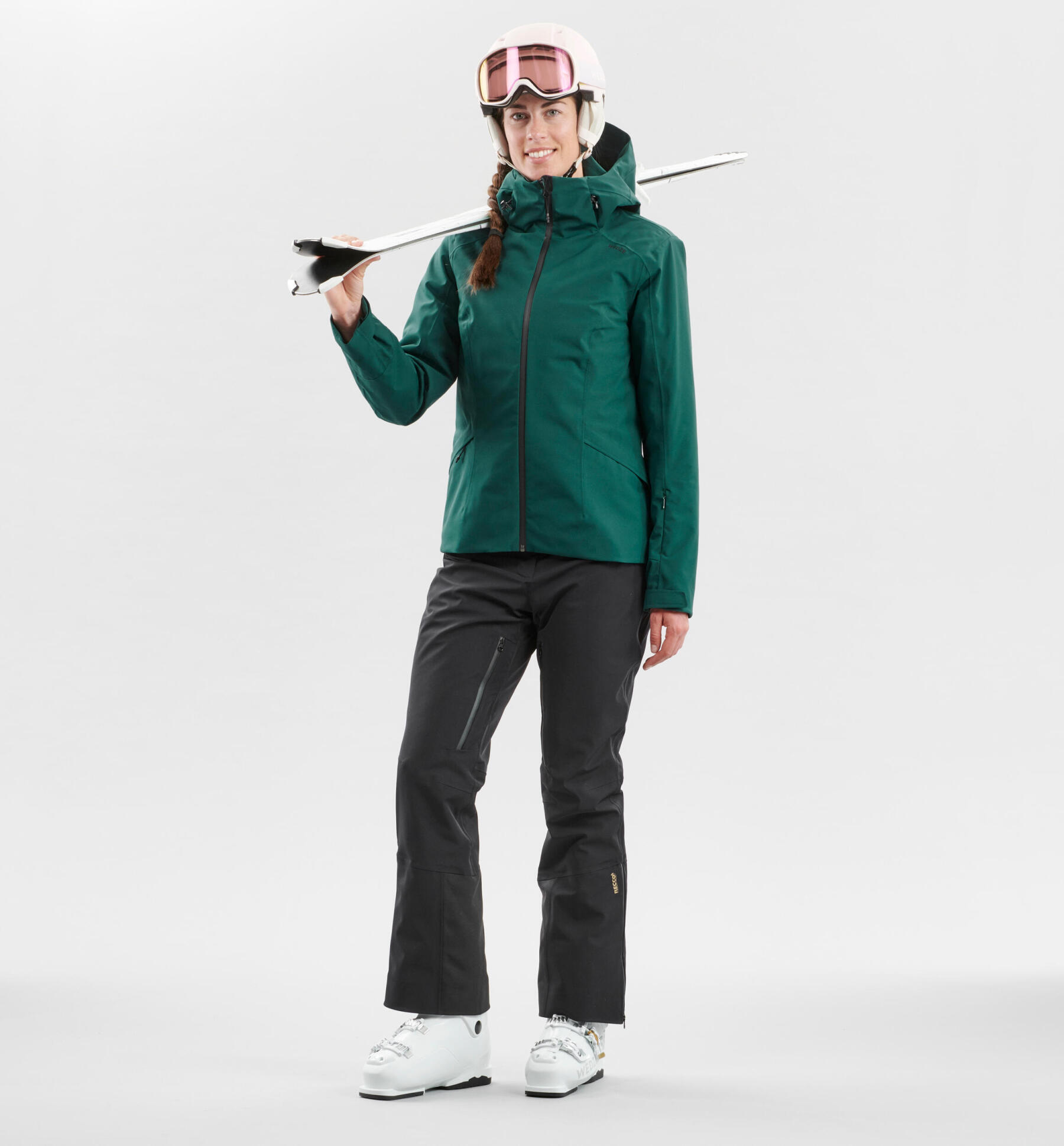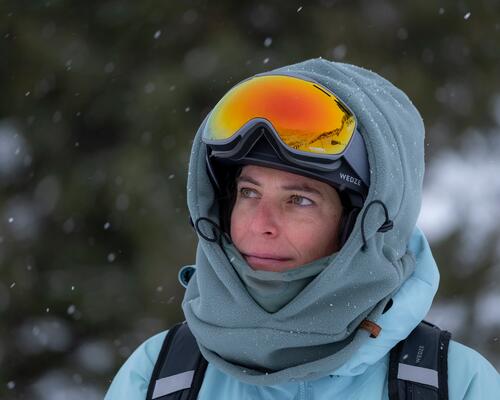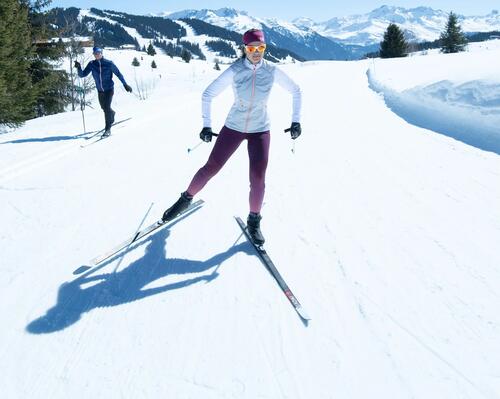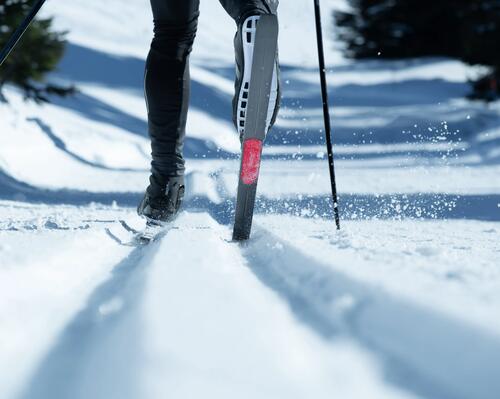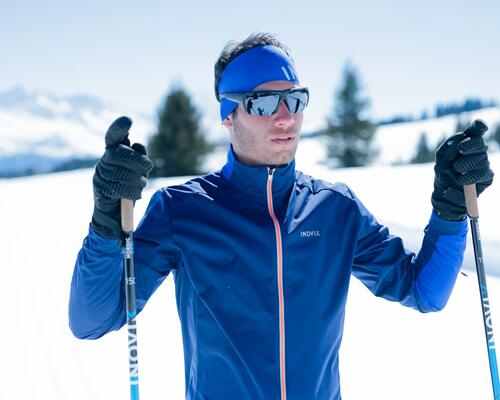What is downhill skiing?
A little history
Did you know the first ski club in Canada was founded in Montreal in 1904? At that time, Montrealers were zipping down the hills of Mont-Royal and, in Quebec, it was the Plains of Abraham. In 1939, the first chairlift was introduced at Mont-Tremblant. For over 100 years, downhill skiing has continued to grow in popularity and has become one of the most practiced winter sports in the country.
Where is it practiced?
As the name suggests, downhill skiing is practiced on groomed slopes. It is up to the various ski resorts to prepare, maintain and ensure the security of their slopes in winter. You can get to the top of the hill using lifts such as gondolas, chair lifts and ski lifts. Off the groomed hill, the snow is in its natural state; skiing on this type of snow is referred to as "all-mountain" or "freeride" skiing. At a ski resort, each trail is colour-coded according to its level of difficulty and its steepness, which is measured by grade (as a percentage) instead of degree angle:
Green circle trails are considered to be the easiest. They are perfect for those who are just learning how to ski.
Blue square trails are for intermediate skiers, but some can be suitable for beginner skiers as well depending on their gradient, which varies between 25% and 40%.
Black diamond trails are the most difficult and are generally for advanced skiers who enjoy a steep slope to gain speed. The technique used on these trails is called "carving", which means that the ski edges are used to carve out great-looking turns.

